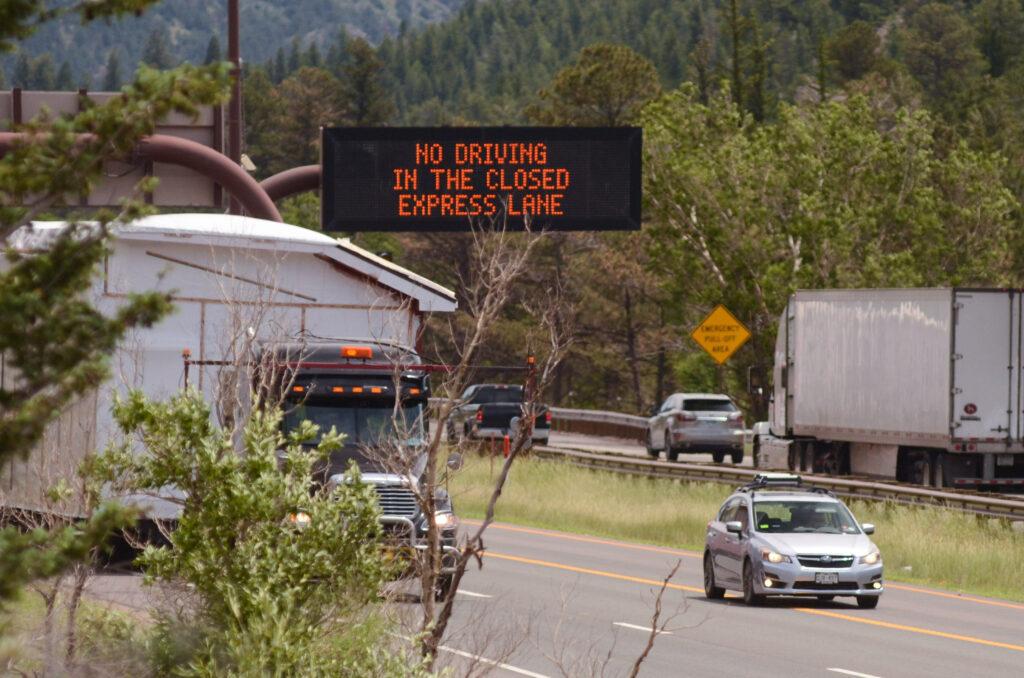
The number of violations on some Colorado highway toll lanes has fallen by 80 percent since the state started issuing tickets via an automated enforcement system last year.
The cameras primarily catch drivers weaving in and out of toll lanes (and notably, not speeders). That’s dangerous because toll lane traffic tends to move faster — especially during rush hours — compared to the parallel general-purpose lanes.
During the first week, they came online last September, an average of 5,625 violations were mailed to drivers every day. That quickly fell to around 3,400 and has steadily dropped since then. Most recently, an average of just over 1,100 tickets were mailed daily at the tail end of June — a drop of 80 percent.
That drop, “is just absolutely amazing,” said Tim Hoover, a spokesman for the Colorado Department of Transportation.
“We're very, very pleased,” he added. “We think that this will almost certainly translate into fewer accidents, fewer crashes on our roads, and probably lives saved and injuries avoided.”
It will take a year or two to collect enough crash data to test that theory, Hoover said.

The enforcement systems are now operational on toll lanes on Interstate 25 north of Denver, C-470 in the southern suburbs, and the Interstate 70 mountain corridor. Cameras on Interstate 25 between Denver and Colorado Springs will be turned on later this year, Hoover said.
The new enforcement systems have made more than a few headlines from the millions of dollars in tickets they’ve issued, starting at $75 at a time. But Hoover said they are intended to make roads safer and not generate revenue.
“We just wanted to change people's behavior,” he said. “And that's what's happening.”
Hoover said state transportation officials are also considering extending the entry and exit points to the toll lanes, which would give drivers more time and space to make the shift without triggering a violation.









